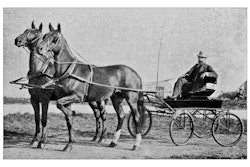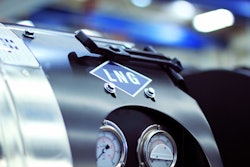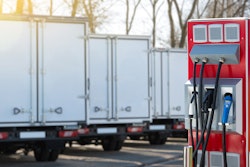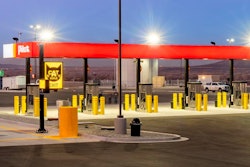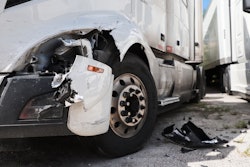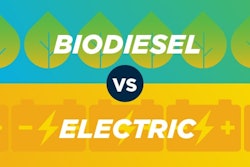The path to zero emissions isn't straight and narrow. It's wide, it's winding and it forks.
The Environmental Protection Agency (EPA) and California Air and Resources Board (CARB) continue to propose and finalize numbers of new mandates, leaving fleets to meet emission requirements that could vary from state to state.
Glen Kedzie, vice president of energy and environmental counsel for the American Trucking Associations, said forthcoming emissions regulations have reached an inflection point, "creating a new roadmap unlike anything we have ever experienced in our industry." He noted that over a 10-year period, from 2015 to 2025, there have been more emission regulations passed than in the previous 30 years.
A panel assembled at the American Trucking Associations Management Conference & Exhibition Sunday morning looked at how the future regulatory environment will impact equipment purchasing decisions and technology pathways.
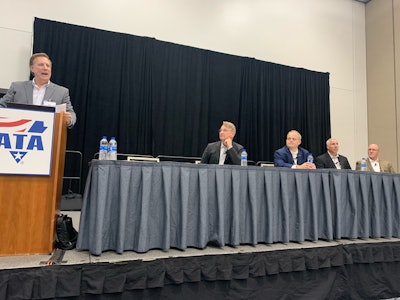 Pictured are Glen Kedzie, vice president, energy and environmental counsel for the American Trucking Associations; Matt Spears, global executive director of regulatory affairs at Cummins; Volvo Trucks North America Director of Product Marketing Johan Agebrand; Ron Hall, C.R. England's (CCJ Top 250, No. 41) senior vice president of equipment and fuel; and Dan Porterfield Covenant Logistics' (CCJ Top 250, No. 29) senior vice president of maintenance and equipment control.
Pictured are Glen Kedzie, vice president, energy and environmental counsel for the American Trucking Associations; Matt Spears, global executive director of regulatory affairs at Cummins; Volvo Trucks North America Director of Product Marketing Johan Agebrand; Ron Hall, C.R. England's (CCJ Top 250, No. 41) senior vice president of equipment and fuel; and Dan Porterfield Covenant Logistics' (CCJ Top 250, No. 29) senior vice president of maintenance and equipment control.
"While this is a California regulation, other states are looking at adopting it," Spears said of CARB's Omnibus.
As currently written, starting in 2024, CARB’s Omnibus Regulations will require heavy-duty diesel and gasoline engines sold in California to emit no more than .05 grams of NOx per brake horsepower hour (g/BHP-hr.), a 75% drop from the current limit of .20 grams – a timeframe Spears said was "very, very challenging" given the development and certification timelines.

